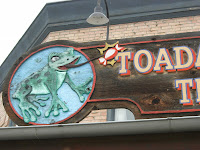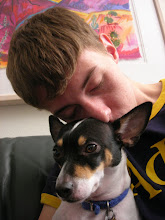Posted by
Alex H.
.jpg)
The Fascination of Reptiles by Maurice Richardson is nowadays innaccurate and historical, at best.
This book is a decent read for the only the most enthusiastic herpetologist.
Reptiles is written from the author's personal experiences as a herp enthusiast, with a fond eye focused on all things reptilian. Species descriptions and anecdotal accounts of reptilian behavior swap places back and forth covering the snakes, lizards, turtles, crocodiles, and alligators. The author's emphasis is extrordinarily heavy on appealing to an assumed-British audience. For example, whole chapters are devoted to the very few British reptiles, while mere paragraphs are allotted to a slew of Indonesian or South American treasures.
A common theme in Reptiles appears to be the author's unrelenting obsession with the degenerative features found in skinks, legless lizards, and burrowing snakes. Truly, it was obnoxious. Evolution does not have a goal or purpose - get over it!
A common flaw in the field of herpetological description is its lack of mention for ancestrally-related reptilians - birds. A mention or two of birds, or even dinosaurs, would make me smile a bit.
Illustrations by Shaun Milne are cute, but you can't help but wonder about their accuracy at times. Some sense of scale in the plates and drawings would have been appreciated.
Chapter topics: Classification and Evolution, The Living Ancestor, The Lizards: Suborder Sauria, British Lizards at Home, The Marvellous Chameleon, The Snakes: Suborder Serpentes, Pythons and Boas, Poisonous Snakes [2 chapters], British Snakes at Home, The Chelonians: Tortoises and Turtles, The Crocodilians, Some Reptiles of North America, Herpetologists I Have Known, Reptiles In Captivity, and An Anthology of Reptilian Belles-Lettres.
Overall: 2/5 - a fun read, but not particularly useful or entertaining

 Subscribe
Subscribe






.jpg)

















